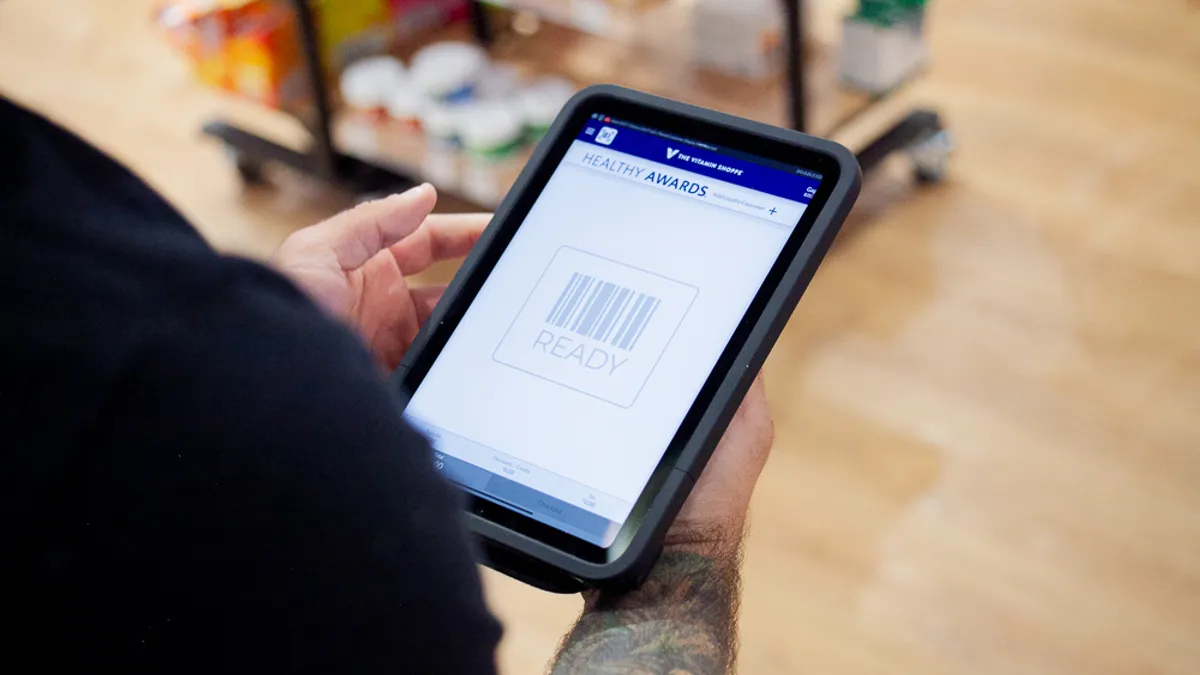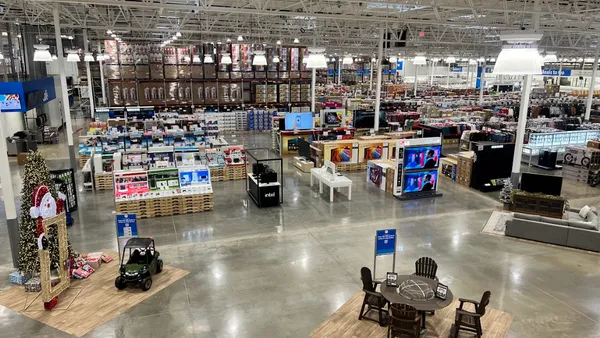Dive Brief:
- Customers are moving from desktops to mobile devices to do their online shopping. Mobile shopping accounted for the lion’s share — 77% — of all online shopping in 2023, a small increase from the year prior, according to a study from Contentsquare of nearly 1,700 retail websites, released last week.
- As customers move to mobile, their digital engagement falls. Consumption, which includes page views and time spent per session, fell 6% across all retail. Department and big box stores as well as health and beauty stores were hit the hardest, with consumption falling about 16% each.
- “Quite honestly, it’s incredibly difficult to capture someone’s attention particularly on mobile because there’s so much competition for attention,” John O'Melia, chief customer officer of Contentsquare, told CX Dive in an email. “The mobile experience has to be compelling to capture — and hold — a person’s interest long enough to make it worthwhile for the consumer and brand alike.”
Dive Insight:
As the share of mobile traffic grows, customers are becoming less engaged with a brand’s site. Shoppers spent 60% less time per mobile session than desktop sessions.
Smaller screens have led shoppers to look at fewer pages. Shoppers viewed an average of 5 pages per mobile shopping session and 6 pages per desktop session.
During this same period, digital frustration grew. Customers were frustrated in 2 of 5 online shopping sessions, a slight increase from last year, according to Contentsquare. Leading frustrations were Javascript errors and slow page loads. This follows a previous Contentsquare study that looked at digital frustrations across all industries.
“Frustration and friction are not only conversion killers, but they can put your customer file at risk as well,” Catherine Andersen, senior director of e-commerce at Frontgate, said in the report.
This frustration and lack of engagement on mobile has hurt businesses as purchases decrease. The overall digital conversion rates fell 5.8% year over year, according to Contentsquare.
“While conversion on mobile isn’t always the goal, there has to be something about the experience, whether it be an app, mobile website, or social content, to encourage people to come back for more,” O’Melia said. “A big part of doing this is removing friction by making the mobile content very clear, interactive and engaging, and most importantly, easy to navigate.”
O’Melia encourages brands to consider the unique needs and behaviors of their mobile customers.
“You can’t design a great mobile web journey without understanding what your customers use mobile for, so analyzing customer journeys and understanding how customers progress through your site and where and why they drop off is key,” he said. “That will tell you what content, pages, and messaging they find helpful or not.”
Contentsquare analyzed 25 billion sessions and 130 billion page views on nearly 1,700 websites.













